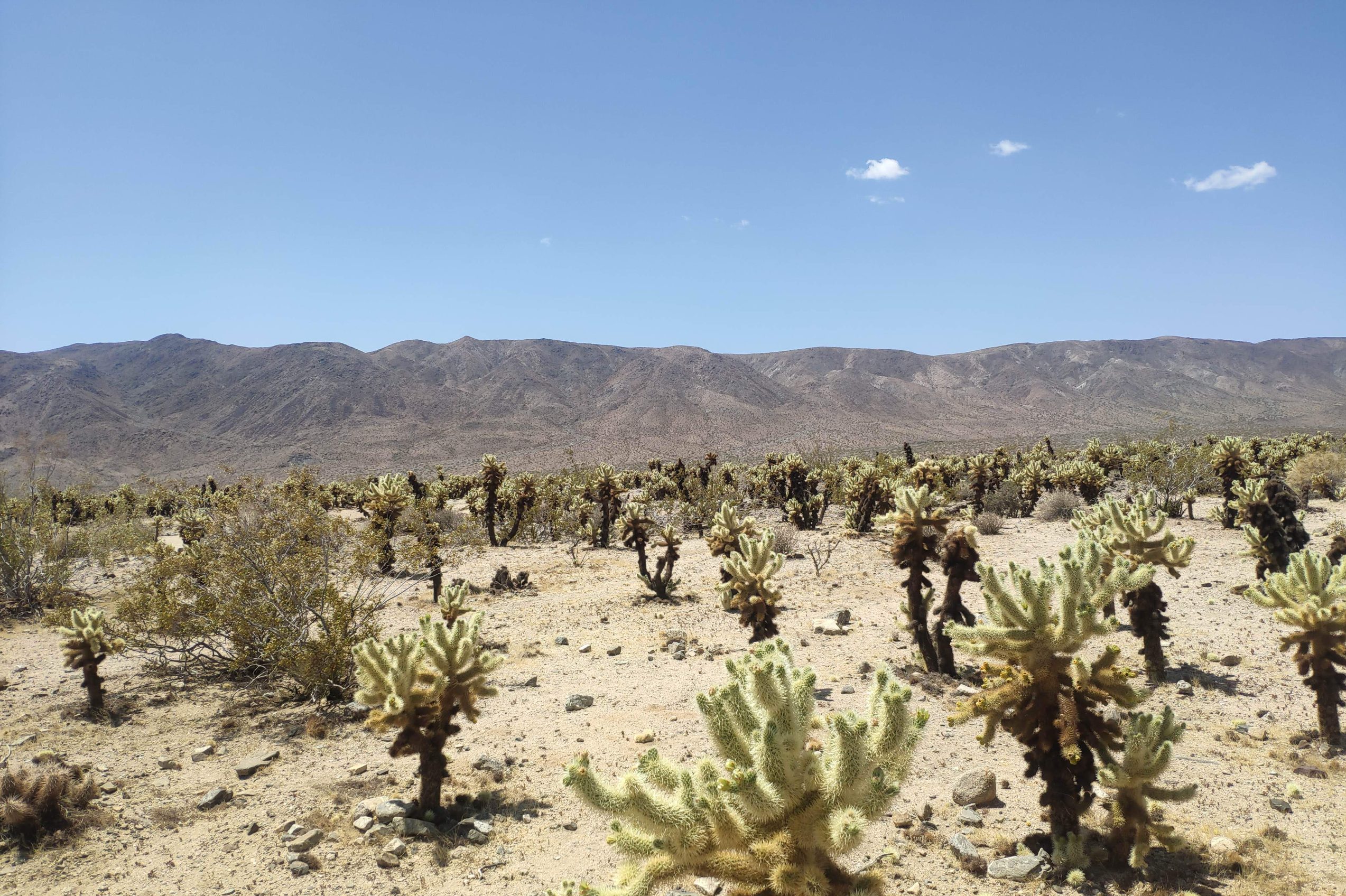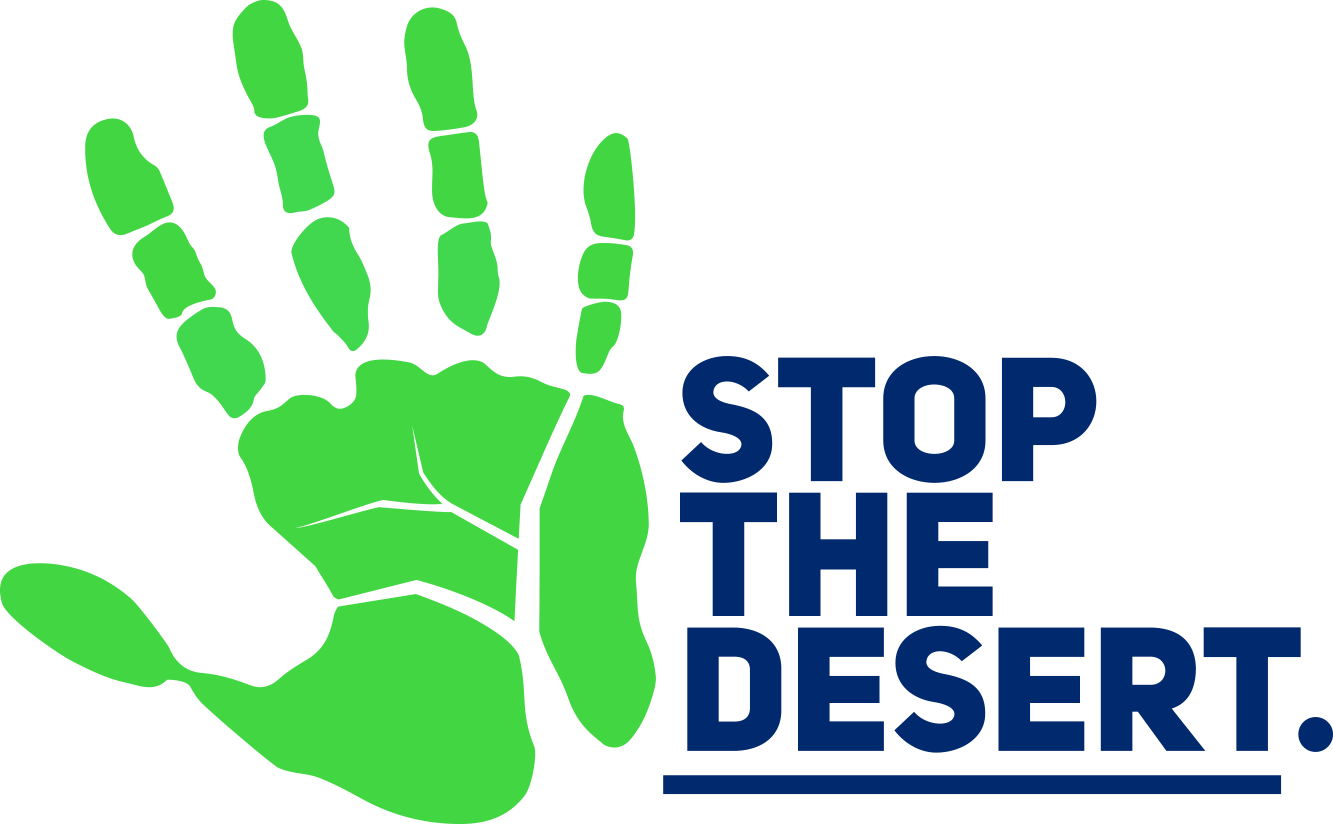Help Farmers
Preserve their Land
and Sustain the Future
Stop The Desert
The deserts are increasing in 6 out of 7 continents, +100 countries are affected, and each year the deserts grow
with an area the size of Ireland.
Unless something is done the last harvest on this planet might well have taken place within the next 60 years.
The Scope
Some UN officals say desertification
is the greatest threat to the planet, others argue it’s climate change.
The two may seem inseparately intertwined but one thing is clear:
The more desert, the less fertile land and thus less food to feed the world.
Regenerative Farming
is a way of farming where soil health is an integrated part, and so, done right, regenerative farming can restore otherwise arid land and help stop the desert. More and more farms today are turning to regenerative but we need to drastically speed up the process.
Fund-a-Farm
Just as you sponsor a child in Africa
we want you to help sponsor a farm.
The farms need help to change
to regenerative farming and
throughout the process StopTheDesert will keep you updated
on the transformation of the farmland.
Join our newsletter to learn more.
Our Mission

Back to the Roots – Regenerative Farming
Experiences from Niger and India show that going back to traditional farming techniques (no (or light) tilling / cover cropping / use of johads) can revitalize otherwise arid land and stop desertification.
Fund-a-Farm
With our Fund-a-Farm program you will play a part in the transformation of farms located up to and threatened by deserts. The plan will be based on a monthly subscription and month by month you will be receive updates on the development of the land. Sponsoring this transformation you will be part of one of the most important environmental changes in the world today.
Carbon Sill
An extra bonus to the farmer is that the revitalized land will once again become a carbon sill. That means that the farmers will be able to sell their carbon absorption to Western companies wanting to offset carbon footprints. In cooperation with Carboneg we plan to measure as well as document the increase of carbon in the ground.
How do we work?
We believe that to truly transform the land it needs to be led by local partners. The local partners receive help from extension officers who again have access to international expert knowledge. The process is documented and shared with StopTheDesert and finally, the finished projects will be certified as regenerative farming by the international organization Eco-Cert.
Where do we work?
We accept applications from farms around the world. We evaluate which farms are most in need and based on our assessment criteria we select which farms to help. Right now our primary focus is East Africa.


The Desert is Coming
Already desert covers more than 20% of all landmasses in the world and is to be found on all seven continents. When the deserts are growing it’s not a natural process but a man-made one. Desertification is mainly affecting Africa, America and Asia – with Africa being affected the most by both drought and desertification. As always causing hunger and poverty.
One inch of topsoil takes from 500 to 1000 years to form naturally which is why the erosion is such a devastating problem to the world. In North America 40% of the crop and rangeland has already turned to desert and even EU has had to make plans to combat desertification taking place in Spain and Greece for instance.
China has done a great effort to contain the mighty Gobi desert but even with +50 billions trees being planted they still haven’t been able to stop the growth of their deserts.
Articles About Desertification
About StopTheDesert
StopTheDesert is a non-profit committed to fight desertification around the world. Based on thorough research, designated areas are selected and here local farmers will receive help transforming their agriculture to regenerative farming. This regenerates their land as well as protects it against future desertification. The transformations are funded by donors and the process is done in close collaboration with local experts as well as experts within regenerative farming. Finally, in the end of a project, Ecocerts will certify that it lives up to their Regenerative Agriculture standard.
Our Logo
Our logo has generously been designed and developed by our friends at Ahenam Creative in Toronto.
A Brief History
Having worked together on a vast number of IT projects, Elias and Ryan now know each other for more than 15 years. Elias’ family used to own a farm in Denmark and we both feel passionately about the environment so when we first started reading about desertification we right away felt the need for action. During the 2021 Covid lockdown push came to shove and we spent the following years studying desertification, designing a business model as well as setting up business entity and IT-platform, finding partners etc.
The Team
Elias is responsible for business development. He has studied Philosophy at University of Copenhagen and he has the last 25 years been starting up a number of businesses internationally. He lives in Copenhagen and is married with four children. Ryan is responsible for the IT development. Ryan has more than 20 years of IT development experience. He resides in Manila and is married with no children.

Elias
Founder, Denmark

Ryan
Founder, Philippines
Advisory Board
Annette is a multilingual Startup Founder, and International Business Development Consultant with experience spanning diverse industries and sectors across the globe.
She has been actively involved in a number of Non-Profit initiatives across the globe, and has always been an advocate for sustainable practices and living.
Brack is a product management consultant from Toronto, Canada. He grew up in a small village in Jaffna, Sri Lanka, an island in the Indian Ocean where agriculture is the main source of income for most families. He wants to enable small farmers to preserve their land and be profitable.
Disha is from the southern part of India and is right now studying biomedicine in the US.
Kristyna has 12+ years working experiences in e-commerce and digital, on which she has intensively added her interest in sustainability in the last 2 years. Based in Prague, Czech Republic.
Laura is a citizen of the world. With Colombian and Belgian roots, she has lived in Spain, Sweden, The Netherlands, UK and France. Having been involved in a number of start-ups, she aims to be part of the solution for a sustainable environmental impact.
Paul is an affiliate account manager and an English teacher from Malawi and has also been involved in a number of start-ups before.

Annette
Ghana

Brack
Canada

Disha
India

Kristyna
Czech Republic

Laura
France

Paul
Malawi
Deserts of the World

The Sahara
The Sahara is probably the most famous desert in the world and it is also the largest hot desert. Situated in Northern Africa it covers 5 major countries.

The Gobi
The Gobi desert covers 500.000 square miles in China and Mongolia. It’s growing in size and China is doing everything it can to fight back the Gobi.

Antarctica
Antarctica is actually recognized as the biggest desert in the world. Mostly covered in ice it has a stunning area of more than 5 million sq miles.

Patagonian Desert
The Patagonian desert is a long desert bounded by the Andes to the west and the Atlantic Ocean to the east. It’s going all the way through Argentina and Chile.

The Arctic
The Arctic is a cold desert. Located toward’s the North Pole it gets very little precipitation (appr. the same as the Sahara desert).

Australian Desert
35% of the Australian continent has so little precipitation that it’s considered desert. In the middle of the desert Uluru can be seen standing almost 300 m high.

Kalahari Desert
This is a huge sandy savanna covering 350.000 square miles in Southern Africa. It is located in South Africa, Namibia, Botswana and Angola.

Arabian Desert
When many westerners hear the word Arabian Desert they think of Lawrence of Arabia. With its 900.000 square miles it is also the world’s fifth largest desert.
Social Media
Get in Touch
Please don’t hesitate to contact us. We try to answer all emails and would love hearing from you.
Lille Kirkestræde 3, 1072 Copenhagen, Denmark
1-802-478-0352
CVR (EIN) # DK-44868091

